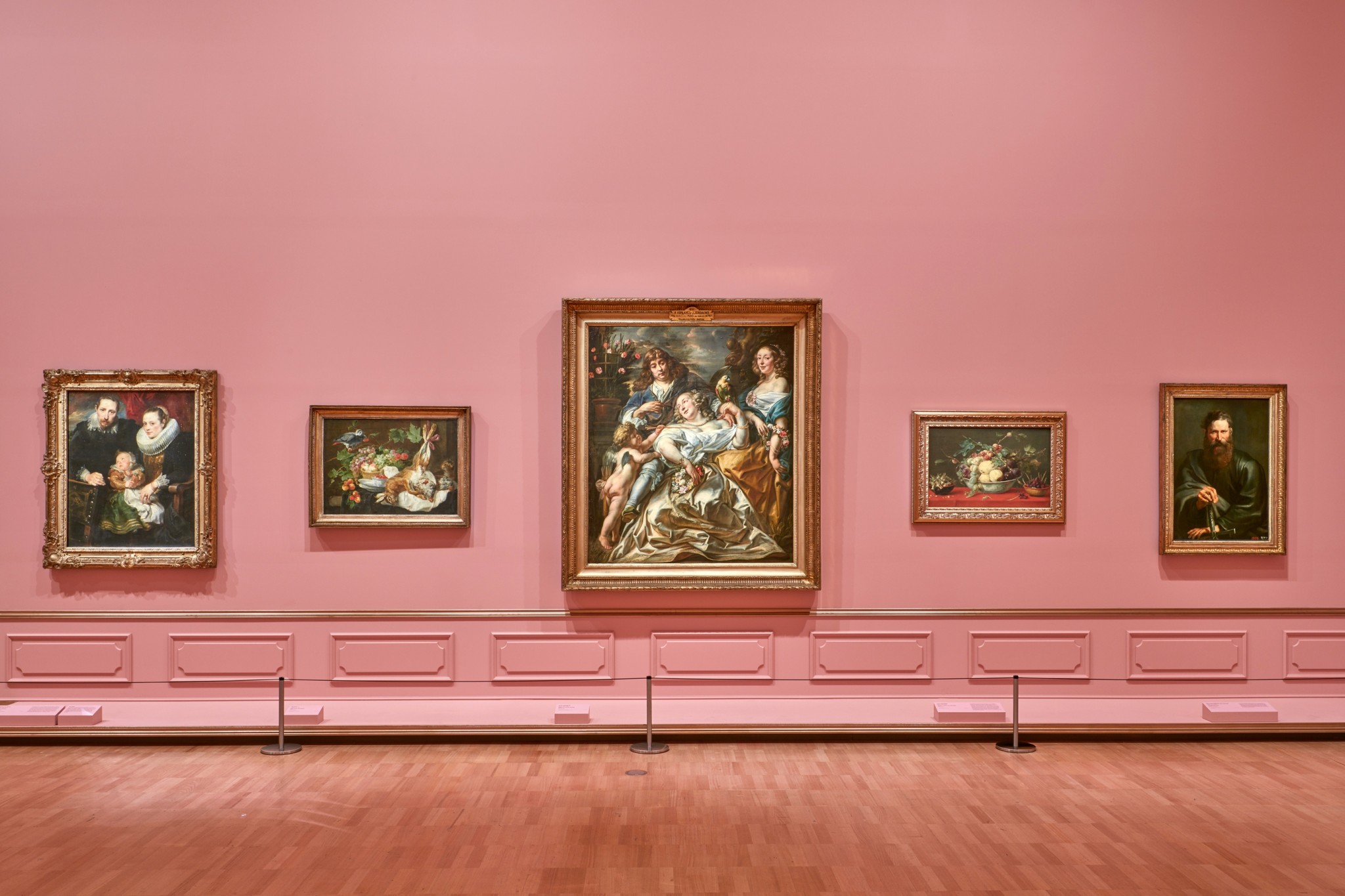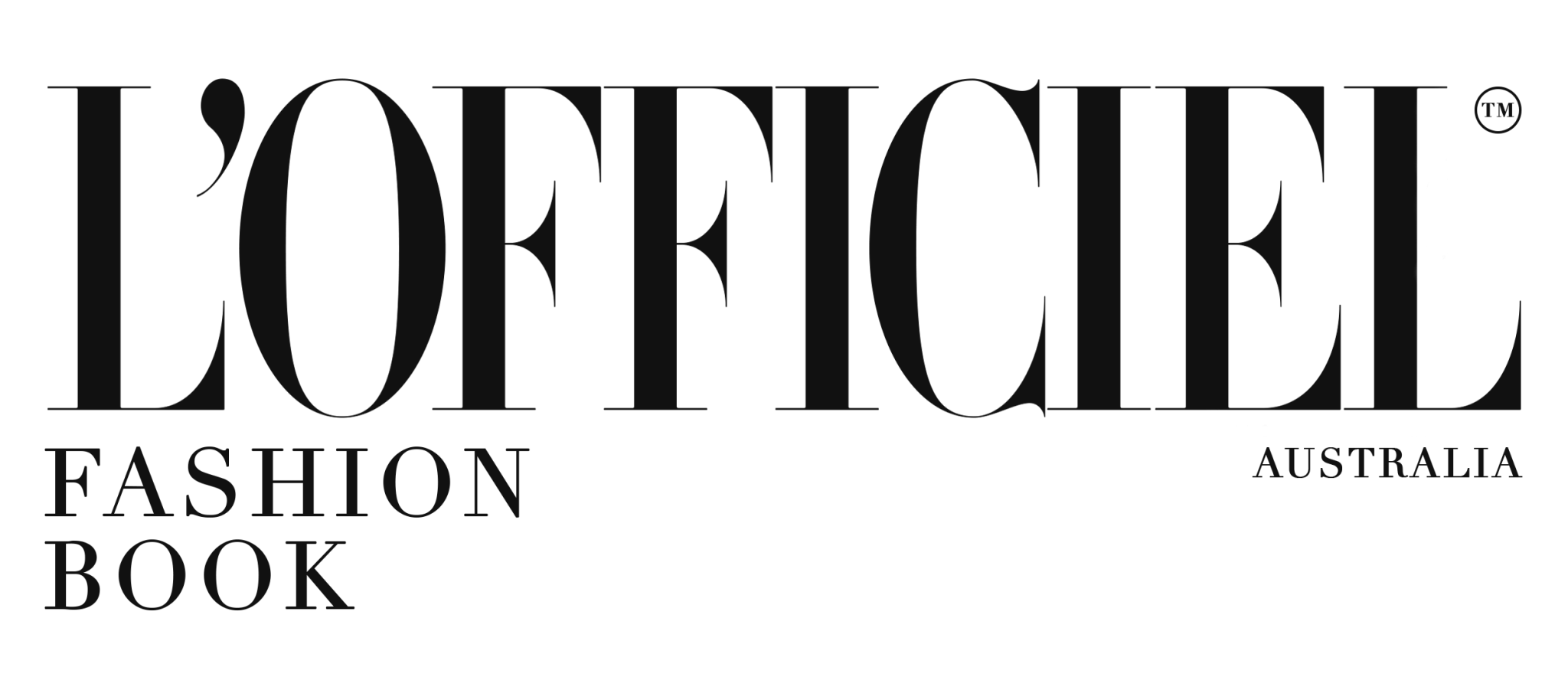
From Russia with opulence. The grandest external loan the Hermitage has ever undertaken, Masterpieces from the Hermitage – The Legacy of Catherine the Great at Melbourne’s NGV brings together some 450 treasures from sister city, St Petersburg.
The exhibition space echoes the luxuriousness and colour of the Baroque marvel that usually houses them—the vast, world-renowned State Hermitage Museum housed fittingly in the Winter Palace. Flowing from rich red to royal blue and green, the walls offset works by the likes of Titian and Rembrandt—luscious paintings in oil that retain their vivacity some 400 years later. Catherine the Great was also a supporter of contemporary masters which are on display among, decorative arts, sculptures and impressive etchings and drawings from European masters. The Legacy of Catherine the Great celebrates the guiding hand of a formidable woman, a German princess who brought artistic enlightenment to Russia as her Empress.

Soon into her rule, the Empress (see above) began discussions with her advisors to establish a fine art collection, the likes of which had never been seen on Russian soil. Beginning her collection in 1764, and after three decades of astute manoeuvrings and canny acquisitions, the Empress initiated the birth of the now sprawling Hermitage Museum. Collecting masters such as van Dyck, Rubens, Rembrandt and Grueze, Catherine the Great became one of the biggest players in the art market, purchasing the finest works.

She also cast her eye further afield, collecting incredibly detailed oriental objects fashioned out of precious metals and jewels. They retain their exotic, unique aura today; the finely wrought filigree a tribute to the craftsmanship and imagination of their makers. Some of these items were gifted by Chinese diplomats, including the crowning piece of the objects on display– a reverse painted mirror adorned with pheasants and oriental flowers and framed in eye-wateringly minute detail.

By glancing in its reflection, the mirror (see above) was said to bring unwed princesses a matrimonial match.
And how did these princesses come to find themselves in front of the Empress’ mirror? She acted as a director of a gallery might, opening her residence to an invitation-only crowd to admire some 2,000 pieces in her collection. The guests indulged in lavish dinners, music and theatre. A remarkable blue and gold French enamel-painted dinner services graces the first room of the exhibition, the most expensive work of decorative art of the 18th century—the 797 pieces took some 13 years for the Empress to pay off.

As such, The State Hermitage Museum is on par with The Louvre and The Metropolitan Museum; to see the collections in their entirety requires days, stamina and orthopaedic footwear. The Hermitage’s palatial setting adds another dimension to the intensity; the eyes hungrily feast on the gilt and frescoed surrounds and room after room bursting with priceless works. Masterpieces from the Hermitage is a cleverly curated capsule, a right-sized banquet of the best. Russia may appear aloof and mysterious to some in the West, yet this exhibition presents a unique opportunity to access works that informed Russian fine art, works which elevated the former Empire to custodian of a cultural treasure trove.
Masterpieces from the Hermitage:
The Legacy of Catherine the Great
31 July – 8 November 2015
NGV International
180 St Kilda Rd, Melbourne
Open 10am-5pm daily



No comment yet, add your voice below!